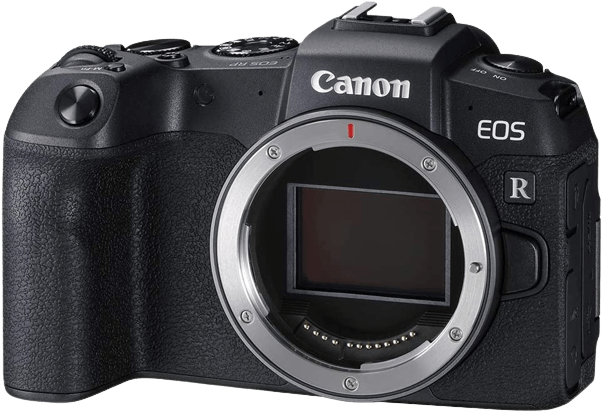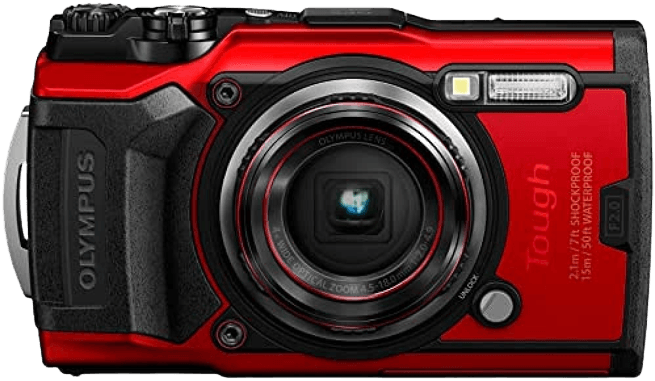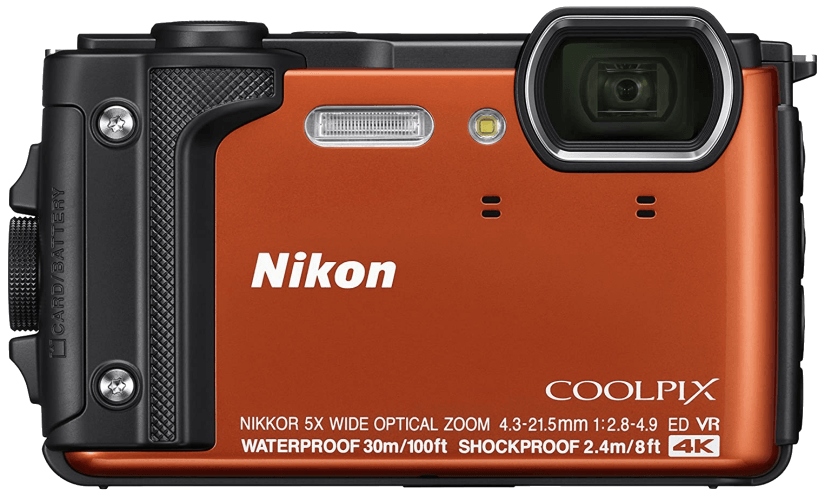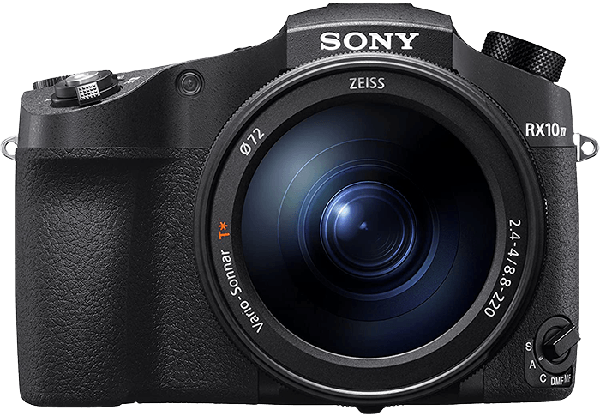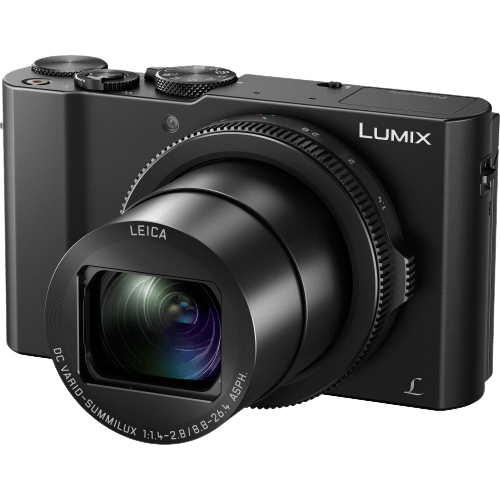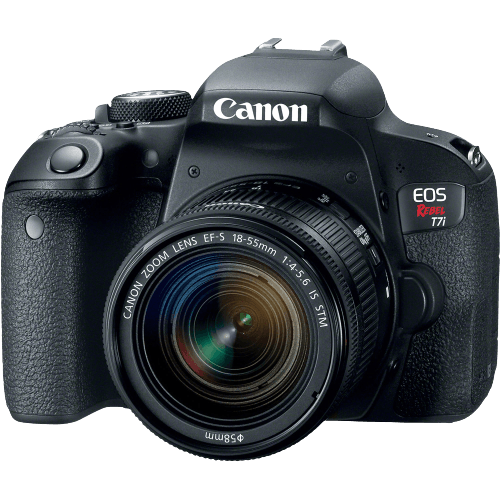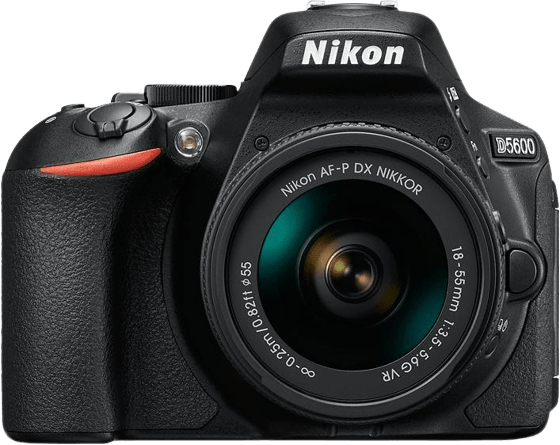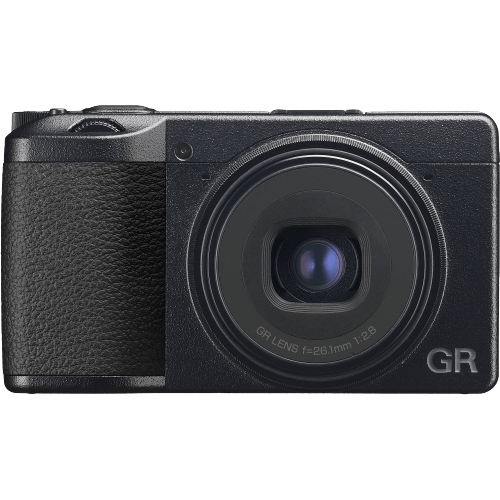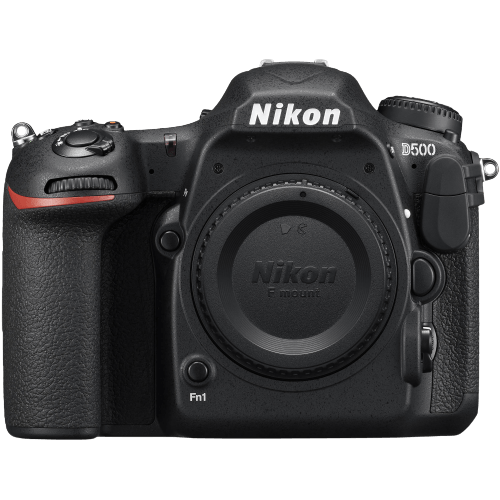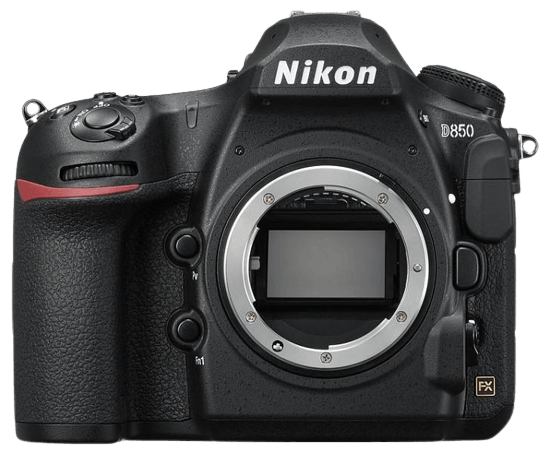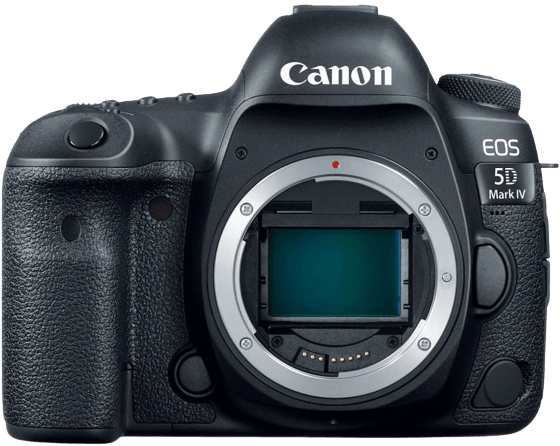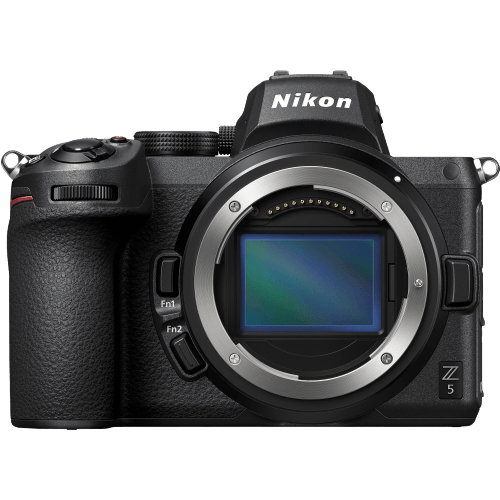In this article, we’ll take a look at 10 of the best cameras for macro photography on the market. And we’ll help you figure out which one is the perfect fit for your needs. The Canon EOS RP is our favorite macro camera right now. It has a full frame sensor that gives you incredible details and dynamic range. And the price tag is more than reasonable for a full frame mirrorless camera.
What is the Best Camera For Macro Photography in 2022?
Before we look in detail at our top picks, here’s a summary of all our recommendations. We’ve included a wide range of cameras. You’ll find mirrorless and DSLR cameras. We even have an excellent selection of compact cameras for macro photography. There are full frame and APS-C cameras. And there’s a camera to match any budget. There’s a big selection. But every camera is a good option for macro photography. [ExpertPhotography is supported by readers. Product links on ExpertPhotography are referral links. If you use one of these and buy something we make a little bit of money. Need more info? See how it all works here.] So, starting with our overall winner, let’s look at the details of our top macro cameras. With a sensor that can capture amazing detail and top-class autofocus, the Canon EOS RP is a great choice for macro photography. The fully articulating screen is superb for awkward locations. But the electronic viewfinder also offers features like magnification. This makes focus-checking a breeze on whichever screen you use. Autofocus covers the whole sensor, so you can get the subject’s key details in focus no matter what. And you have access not just to the ever-growing RF-mount lenses, but to EF lenses via an adapter. That’s a massive stable of available Canon and third-party lenses. The Canon EOS RP is a great camera for many photography genres, and macro is no exception. The Olympus Tough TG-6 is a versatile point-and-shoot camera designed for capturing images in all sorts of conditions. Waterproof, dustproof, shockproof, crushproof, and even freezeproof. The TG-6 is close to indestructible. Inside, the 1/2.3-inch CMOS sensor produces 12-bit RAW and JPEG images at a resolution of 4000 x 3000 pixels. The lens, which is the most important part, has a focal length range of 4.5-18mm. This is the equivalent of 25-100mm. It’s a great tool for macro photography, as the macro mode lets you focus from 1 cm to infinity. It’s perfect for life-size images of all those dangerous things you need to photograph from afar. The Nikon COOLPIX W300 is a tough camera when it comes to the outdoors. It operates from a 16 MP 1/2.3-inch BSI CMOS sensor. And it has special macro modes built-in. BSI stands for “backside illuminated” image sensor. This essentially lets more light through the sensor architecture. It tends to produce cleaner image files and produce better results in low-light conditions. The lens is a wide zoom, ranging from 24-120mm. There’s no viewfinder, so all composition comes through the LCD screen. The lens comes with vibration reduction, perfect for reducing unintended blur from camera shake. The best thing about this little system is the built-in lights. This is perfect for when you are blocking the natural light due to being so close to your subject. The focus starts at 1 cm, so being close to your subject is a must. The Sony RX10 Mark IV is a bridge camera. In other words, a bridge between compact cameras and more “serious” cameras. The 21 MP, one-inch Exmor RS image sensor is capable of capturing some outstanding macro photos. There is a feature called “digital manual focus.” This allows you to fine-tune your focus after the shot has been taken. But for macro, it’s best to use manual focus and try to nail it on the scene. That’s always the best option. You can use either live view on the back screen or the electronic viewfinder for this. The lens coupled with this camera is very capable. It is a 24-600mm equivalent zoom lens with an f/2.4-4 maximum aperture range, and electronic (not manual) zoom. The lens will focus from around 3 cm at the wide-angle setting and from 72 cm at the telephoto end. This camera also has Wi-Fi capabilities, making it easy to send your images to your phone immediately. One handy tip—take extra batteries! The Panasonic Lumix DMC-LX10/LX15 is a camera powered by a 20.1 MP 1-inch CMOS sensor. It boasts a 5-axis HYBRID optical image stabilization mechanism which helps when shooting in low-light conditions. This extra wiggle room translates to keeping your ISO low, giving you the highest quality images. For handheld macro photography, it’s more important than for other types of shooting. This is a point-and-shoot camera that lets you use focus stacking, allowing a cleaner and crisper image with attention to the depth of field. The lens is a DC Vario-Summilux zoom lens with a focal length range of an equivalent of 24-72mm. It can focus from 50 cm to infinity in its normal mode, and macro mode focuses from 3 cm all the way to infinity. This is essentially a better-quality sibling of the compact cameras further up on the list. The EOS Rebel T7i is an entry-level, beginner Canon camera. But as we have seen with other Canon beginner systems, they are rich in quality. These cameras are intuitive to use and very responsive, making the photo experience much better. This is the case with the T6i kit, too. Inside, you’ll find a 24.2 MP sensor that captures high-quality images with stunning color reproduction. What I like about this camera for macro photography is the 3-inch flip-out touch LCD screen. It can be moved to give you the best angle for taking close-ups of all the small things. The live view autofocus performance is great, although you might choose to use manual focus for closer macro shots. It has some AF tracking features, which is handy if your shooting insects. This camera gives you great value for your money. As long as it is paired with the right lens, it’s capable of good-quality macro photography. The 18-55mm kit lens, while not able to provide life-size macro images, lets you get quite close. With a set of inexpensive extension tubes, it can be transformed into a proper macro lens. The fairly large, APS-C sensor will capture the depth and detail coming from the lens. All this promises great image quality. On this camera, the lenses are interchangeable, not fixed. So, if you already have a set of Canon lenses, they will work here, too. The Nikon D5600 is the Nikon counterpart of the previous camera. They are similar in features, parts, and quality, so it’s up to your brand preference. Nikon’s 5000-series DSLRs have always been known for their marvelous dynamic range. The D5600 will give you up to 14 stops, which is a market-leading value among APS-C DSLRs. The resolution of its sensor is 24 MP, which is enough for pretty much everything. The 18-55mm kit lens coming with this camera lets you focus as close as 25 cm from your subject. Keep in mind that this value is measured from the sensor. Your working distance will be much smaller at around 10 cm. This value, just as in the case of the T6i, doesn’t represent a life-size macro. Instead, the magnification is around 1:2. But I would argue that this setup will still give better images than the compact cameras further up on this list. Even if they, on paper, let you get much closer. If you’re still too far away, extension tubes will help you out. Just place them between the camera and the lens, and you’ll be amazed by the macro world that appears in front of your eyes. You don’t necessarily need a dedicated macro camera, accessory, or lens. The Ricoh GR IIIx is a premium compact camera with a large sensor. It’s not cheap, and it’s not usually regarded as a macro camera. But this is only because it’s more suitable for street photography. Its macro capabilities are still really impressive, and worth mentioning on this list. This camera features a fixed 18mm f/2.8 lens paired with a 24 MP APS-C sensor. Both are among the best we’ve ever seen in a compact camera. The colors and details are outstanding, as is the user experience. A 3-inch touch LCD screen is the heart of the interface, but there are three control dials, and it’s highly customizable. With the press of a button, you can activate the macro mode. It will allow the lens to extend further out from the housing and focus as close as 6 cm from the lens. It gives you almost life-size magnification with fantastic image quality. A touchscreen and a snappy autofocus system allow macro photography to be done with autofocus, a rare experience. If you value a portable camera over the highest possible versatility of a DSLR, this is your choice. Not only is this one of the best cameras for casual shooting and street photography, but it’s awesome for macro, too! If you’re looking for a professional APS-C DSLR with a great macro lens, look no further. The Nikon D500 is probably the most capable non-full frame DSLR camera on the market. The 40mm dedicated macro lens is a fantastic option to go with it. It has every professional feature you can ask for. These include dual card support, dedicated buttons for many functions, dual control dials, and more. Its color reproduction is awesome. And its images are detailed and vibrant. Its ISO and autofocus performance are class-leading. The 21 MP sensor will capture everything coming from the lens, leading to exceptional image quality. The Nikon AF-S DX 85mm f/3.5 lets you achieve 1:1 magnification, which will be further cropped by 1.5x due to the sensor size. If you want more, extension tubes are an option. And they are more effective than usual because of the relatively short focal length. The 85mm is also very cheap if you compare it with alternative solutions. This is probably as great as you can get on the Nikon side. The Nikon D850 is a pricey but awesome professional full frame DSLR camera. It really is a wonder to use and to look at the results afterward. You can use it for basically any type of photography and get stunning results with the right lenses. For macro photography, it’s suitable because of its high resolution of 47 MP and exceptional dynamic range. The Micro-Nikkor 105mm lens is Nikon’s most popular professional macro lens. It’s sharp, ruggedly built, and features image stabilization. For handheld shooting, that’s a huge plus. The Canon EOS 5D Mark IV is our workhorse macro camera. We use it in the studio all the time. We love it. The 5D Mark IV is an awesome professional camera with a full frame 30 MP CMOS sensor. It’s probably the most user-friendly professional DSLR out there. This is because of its intuitive controls andresponsive user interface. There’s a touch-sensitive LCD screen. And button placement is well thought out and comfortable. The 100mm f/2.8L is one of the best macro lenses I’ve ever used. It’s not a champion in terms of magnification (none of the lenses on this list are), but it’s perhaps the sharpest. And its stabilization system is a game-changer, allowing for impressive handheld macro photos. It’s hard to stabilize a macro lens effectively because every bit of hand movement is accentuated by the short working distance. Canon’s Hybrid IS thus can shift the entire lens along the main axis, not just the usual directions. There are Nikon mirrorless cameras that are faster and better for sports. But with macro photography, that’s not a problem. This Nikon Z5 offers great value. It has an excellent sensor, a superb electronic viewfinder, and is very quiet. All of these things are good in a macro camera. And you can pick and choose from the wealth of lenses available for the Z mount (including F-mount lenses with an adapter). Other features like full frame autofocus and 5-axis stabilization make this a tremendous camera for macro. Weather sealing means outdoor macro photography is a safe possibility. And the dual card slots make it a workhorse of a macro camera.
Conclusion: Street Photography Quotes
These are the best cameras for macro photography, in our opinion. If you’re looking to capture clean, sharp close-ups, you will find each of them to be a great asset. But the most important component of the best macro photos is the photographer who puts their soul and skills into photography. Take your time to weigh the features that each camera offers and choose the one that fits your needs best. If you have the option, also try them in person. One of the best ways to decide on your camera choice is a hands-on experience. Our overall winner is this superb Canon EOS RP. It’s a top-quality full frame mirrorless. And it’s a fantastic camera for macro photography.
